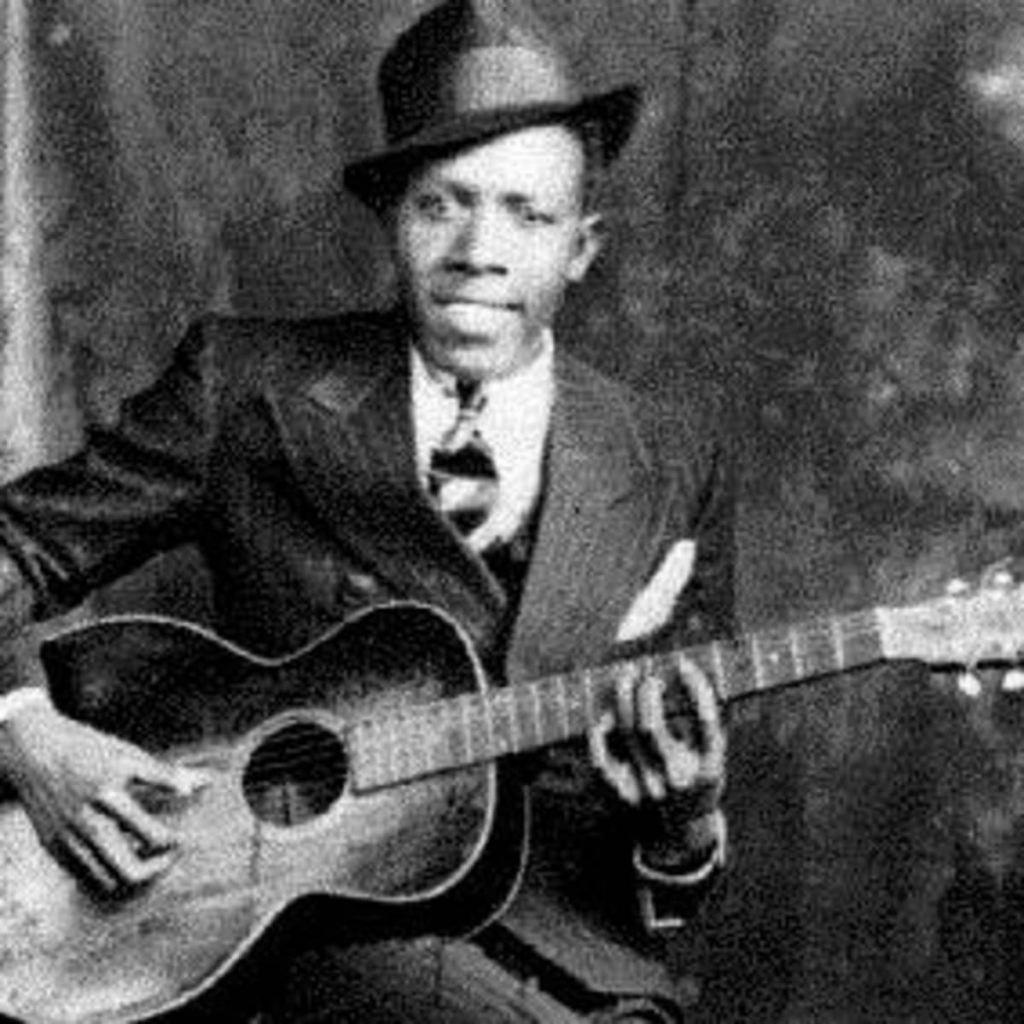The Founders of Netflix, Ebay, Uber Are Liars
Blockbuster charged Reed Hastings a $40 late fee, which inspired him to found Netflix. Pierre Omidyar’s wife wanted to trade Pez dispensers online so he spent a weekend building a side project that became eBay. On a trip to Paris, Uber founder Travis Kalanick found himself stranded in the rain for 20 minutes trying to hail a cab.
These are all good stories. And they are all lies.
The point of these stories was never to accurately reflect reality; the point was to build momentum and generate a mythos people could get behind. The end result made the person telling the story memorable.
The real story of the founding of Netflix is that it was the product of discussions during a daily 45-minute commute. The company Reed Hastings worked for had been acquired. He was not enjoying his job. During the commute, he and his carpool went deep on the tech industry and strategic market analysis coupled with rigorous thinking about the future of entertainment.
That is the accurate story. But imagine you’re Reed Hastings at the idea stage of Netflix. You’re just one person with an untested hunch. Tell the story of the commute and you’ll get bored nodding along. Tell the story of a $40 late fee for Apollo 13? It’s a hell of a movie but not $40-late-fee good. That story is practically a rallying cry.
When someone starts anything—a project, a company, a nonprofit—the founder becomes a symbol. Their story becomes a myth with a specific purpose: draw attention to a relatable pain, establish the founder as an underdog, and spread it far enough so that others heed the call.
Reed Hastings did in fact have to pay $40 because Apollo 13 was overdue for months. To him, that event was a detail. To the world, this story was a tight encapsulation of a shoddy status quo that shone a light on a corporate behemoth indifferent to a pain point. It was a call to arms for others who wanted to shape the future of entertainment.
The late fee story is inaccurate in that it’s not the reason Reed started Netflix. But it’s sticky.
Stories that stick
Consider Robert Johnson. There were thousands of old bluesmen strewn across the Mississippi Delta in the 1930s. All helped push forward a style of blues that eventually spawned rock music.
Why do we remember Robert Johnson as the father of the blues? He’s the only one who allegedly sold his soul at a Mississippi crossroads to the Devil in exchange for otherworldly guitar skills.
There are 84 other Robert Johnsons on Wikipedia. But the Robert Johnson we remember is the one who bargained with Satan.

In your life, you are going to get asked a variant of these three questions literally thousands of times:
- “How did you get into your line of work?”
- “Why did you start your company?”
- “What have you been up to lately?”
Each one of these questions is an opportunity. You can use that opportunity to tell an accurate story. Or a story that sticks. If the story sticks, you increase your surface area of luck, making it that much easier for others to remember and help you.
How not to do it
I once ran an entrepreneurship program with the founder of a social media app. He called his app “Quuqu” and pronounced it “cuckoo.” When he met someone new he would state his name followed by “I’m building an app called *high pitched scream* CUCKOO!” It didn’t matter if it was a conversation with two people or five, small room or big. The CUCKOO scream was coming.
That was twelve years ago and I’ll never forget that intro. That approach was sticky. But it was memorable for the wrong reasons. Gimmicks don’t work. Good storytelling is not gimmicky, and, even better, it’s free.
There’s a reason entrepreneurs lean heavily on origin stories. Good storytelling costs nothing. When you’re competing against better-resourced, entrenched players, storytelling is one of the few level playing fields you can compete on.
And remember: A good story will move you and your idea forward. It doesn’t have to reflect reality.
Thanks to: Trevor Brown, Mark Rahman, Grant Shillings
